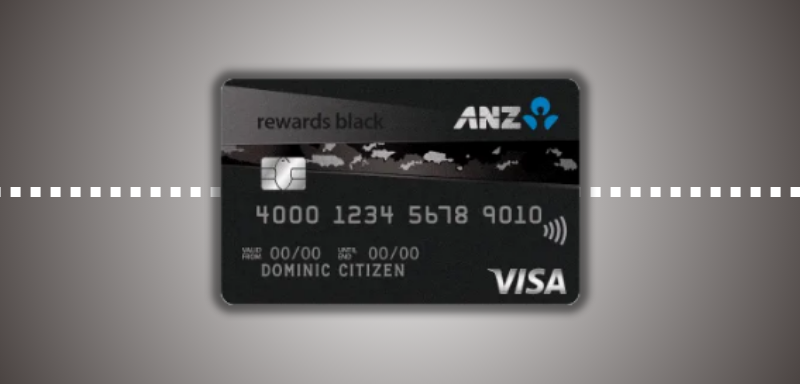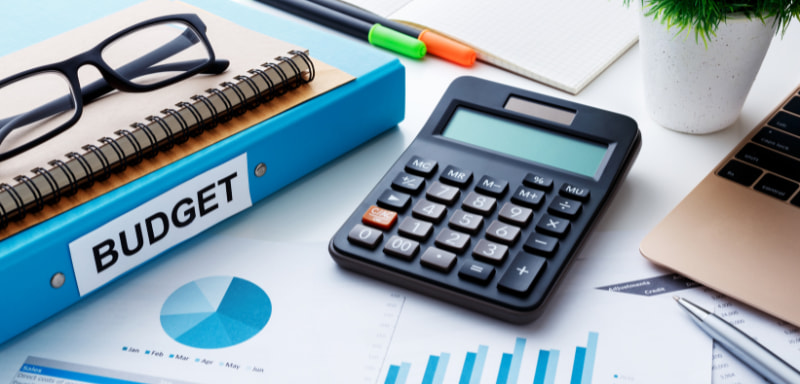Smart Financing Tips
How to Balance Spending on Credit and Debit
Should you pay with debit or credit? We break down the strengths of each and share easy strategies to help you choose the right option every time.
Advertisement
Smart ways to use both tools without losing control of your budget

Credit cards and debit cards may look similar in your wallet, but they play very different roles in your financial life.
Debit gives you direct access to the money you already own, while credit allows you to borrow funds that must be repaid later.
Finding the right balance between the two is essential for healthy money management. In this guide, we’ll explore when to use debit, when to rely on credit, and how to combine both wisely.
Understanding the Difference Between Credit and Debit
Before deciding how to balance them, it’s important to understand the strengths and weaknesses of each option.
While debit offers security against overspending, credit can provide flexibility and rewards. Knowing the basics helps you avoid using the wrong tool in the wrong situation.
In practice, most people benefit from carrying both in their wallet, but the art lies in choosing wisely depending on the context.
| Feature | Debit Card | Credit Card |
|---|---|---|
| Source of Funds | Money from your bank account | Borrowed money, must be repaid |
| Risk of Overspending | Limited to account balance | Higher risk if not managed carefully |
| Rewards and Perks | Rare | Cashback, travel points, insurance perks |
| Impact on Credit Score | None | Builds credit history if paid on time |
| Protection | Strong fraud protection, quick refunds | Strong fraud protection, purchase insurance |
When to Use Debit
Debit cards are best for everyday expenses that fit easily within your budget. Using debit ensures you don’t overspend and keeps you connected to the reality of your account balance.
They are also a safer choice for people working to avoid or pay down debt. Over time, consistent debit use can train you to live within your means, since you’re limited to the money available in your account.
- Groceries, gas, and small recurring expenses
- Online subscriptions that you want linked directly to your account
- Situations where you want to avoid accumulating interest charges
- Cash withdrawals from ATMs with no added fees
When to Use Credit
Credit cards can be powerful allies when managed correctly. They not only give you flexibility but also offer protections and rewards that debit can’t match.
The trick is to use credit intentionally, not as an extension of your income. If you can pay in full, credit helps you build history, earn rewards, and enjoy benefits like extended warranties or travel insurance that debit simply doesn’t provide.
- Large purchases you want to pay off over time
- Online shopping for extra fraud protection
- Travel bookings that include insurance or cancellation coverage
- Everyday expenses if you pay in full and want rewards like cashback or points
Striking the Right Balance
Balancing debit and credit isn’t about picking one over the other—it’s about using both strategically. A healthy financial routine blends the security of debit with the benefits of credit, ensuring you stay in control while maximizing advantages.
The right balance also depends on your financial goals and discipline. If your goal is debt reduction, lean on debit. If your goal is to build credit or earn rewards, credit can play a larger role.
- Use debit for day-to-day needs and discretionary spending.
- Use credit for purchases that benefit from rewards or protection.
- Always pay credit balances in full when possible to avoid interest.
- Monitor both accounts to track spending patterns.
Tips to Stay in Control
Even when you know when to use debit or credit, everyday discipline matters. Small changes in how you handle transactions can keep your finances stress-free and protect you from debt.
It’s also useful to set clear personal rules, such as using debit only for daily expenses and reserving credit strictly for planned purchases.
- Set spending alerts on both debit and credit accounts.
- Review statements monthly to catch errors or fraud.
- Keep credit utilization under 30% of your total limit.
- Build an emergency fund to avoid relying on credit for surprises.
Common Mistakes to Avoid
Balancing debit and credit use can go wrong if you’re not careful. Recognizing mistakes early saves money and protects your credit health in the long run.
Many of these mistakes happen because people don’t pay close attention to their accounts, so developing a habit of weekly reviews can make a huge difference.
- Using credit for everyday essentials without repaying in full.
- Ignoring debit overdraft fees when balances run low.
- Chasing rewards on credit cards while carrying debt.
- Forgetting to check account activity regularly.
Creating Your Personal Spending Strategy
There’s no universal formula for balancing debit and credit. The right mix depends on your income, spending style, and financial goals.
Some people prefer to run most expenses through debit and reserve credit for emergencies or rewards. Others lean on credit for everything but maintain strict repayment discipline.
What matters most is creating a strategy you can follow consistently. Consider writing down your plan and setting reminders to keep yourself accountable.
How Balancing Credit and Debit Impacts Your Credit Score
Balancing debit and credit isn’t just about convenience—it can directly affect your credit profile. Debit use doesn’t influence your score, but responsible credit card management builds history that lenders value.
Using both thoughtfully helps you maintain a healthy mix of financial activity. Paying credit balances on time, keeping utilization low, and avoiding missed payments all contribute positively to your credit report.
Debit keeps you disciplined by limiting overspending, while credit provides the chance to show lenders reliability.
When combined strategically, you create a stable financial image that supports future goals like loans, mortgages, or even renting an apartment. Over time, this balance becomes a safety net, offering confidence and opportunities.
Real-Life Scenarios to Guide Your Choices
Theory is useful, but examples make it easier to apply these concepts in daily life. Imagine planning a vacation: using credit for flights and hotels offers insurance and rewards, while debit is safer for everyday meals and small purchases.
For holiday shopping, debit keeps you within budget, while credit protects expensive electronics with extended warranties. In emergencies, debit covers minor surprises without adding debt, but credit is valuable when you need a larger buffer and plan to repay quickly.
Thinking through real-life scenarios shows that balancing credit and debit isn’t rigid—it’s flexible and adaptable, tailored to your situation.
The more you practice, the easier it becomes to automatically choose the right option in every context.
Final Thoughts on Balancing Credit and Debit
Debit cards keep you grounded, while credit cards open doors to perks and protections. When used together with intention, they complement each other beautifully.
The key is to avoid debt by paying balances in full and staying mindful of spending. With a clear strategy, you can enjoy the best of both worlds—flexibility and security—without letting either tool take over your financial life.
Building this balance is a skill worth developing because it shapes not just your monthly budget but your long-term financial stability as well.
Trending Topics

ANZ Rewards Black Credit Card Review: Superior Earnings!
Considering a high-reward credit card? See why the ANZ Rewards Black Credit Card is perfect for high spenders and frequent travelers.
Keep ReadingYou may also like

Practical Methods to Avoid Debt: Mastering the 50/30/20 Rule and Beyond
Avoid debt with simple budgeting methods. Explore the 50/30/20 rule, zero-based budgeting, and everyday money habits.
Keep Reading